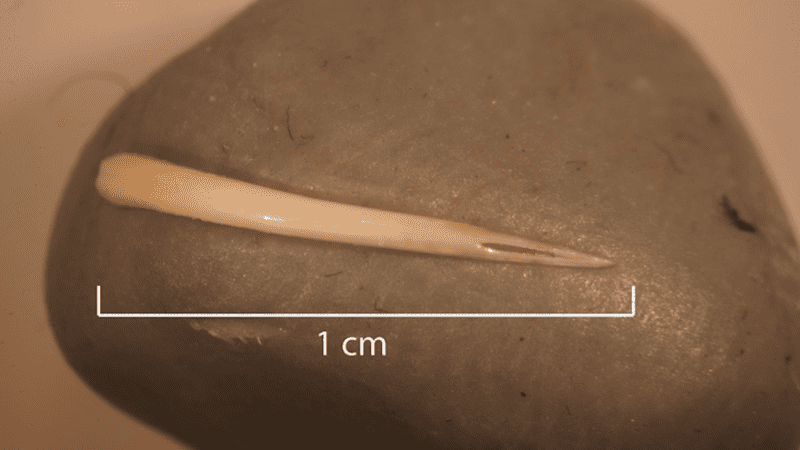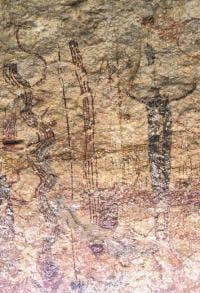
More than 1,500 years ago, a really brave hunter-gatherer ate an entire rattlesnake, including its one-centimeter-long fangs. We know about this because the fangs and other traces of the snake were pooped out, becoming fossilized as coprolites which archaeologists discovered in a rock shelter in southwest Texas. This is the first evidence of whole-snake consumption in the fossil record.
These coprolites were part of a collection of over 1,000 such samples collected during the 1960s in Conejo Shelter, found in Lower Pecos Canyonlands, Texas. Archaeologists believe that humans have inhabited the region for 12,000-14,000 years. Judging from the quality and quantity of coprolites found at the rock shelter, the site seems to have served the role of a latrine.
Analyzing ancient poop under a microscope might not sound like the glamorous work you’d expect to see in movies about archaeology. But, in reality, this kind of work can be quite exciting. By studying fossilized feces it is possible to discern what ancient people’s diets looked like thousands of years ago, essentially learning more about their way of life than most ruins or shards of pottery could ever reveal. The individual also consumed an assortment of plants like Agave lechuguilla and Liliaceae flowers, Dasylirion fibers, and an Opuntia cactus.

The coprolites were carbon dated to around 1,500 years ago, almost a millennium before the first European set foot on the continent. These pre-Columbian hunter-gatherers who lived in the region likely had to deal with quite a lot of adversity during that time. The harsh desert conditions mean that there wasn’t that much food to forage, so anything that an individual could find to eat was precious, whether rodents, rabbits, or even venomous snakes.
However, this eccentric hunter-gatherer likely didn’t consume the rattlesnake for substance. Instead, researchers have a hunch that the viper — which was either a western diamondback rattlesnake or copperhead — was devoured whole for ritualistic purposes. It’s not uncommon for people of that age to consume venomous snakes, but they would do so only after removing the heat, rattle, and skin prior to cooking. Secondly, the other foodstuff found in the same coprolites samples suggests that the hunter-gatherer wasn’t particularly starving or desperate for food. Another clue that the snake dinner might have been part of a ritual lies in the rock art made by Lower Pecos people, which frequently depicts snakes.
“Future analyses of coprolites from this lens and the surrounding contexts will further our current understanding of this unique gastrological event and better situate it in the context of diet patterns and paleoenvironmental adaptions in the Lower Pecos,” the authors wrote.
The findings appeared in the Journal of Archaeological Science: Reports.


